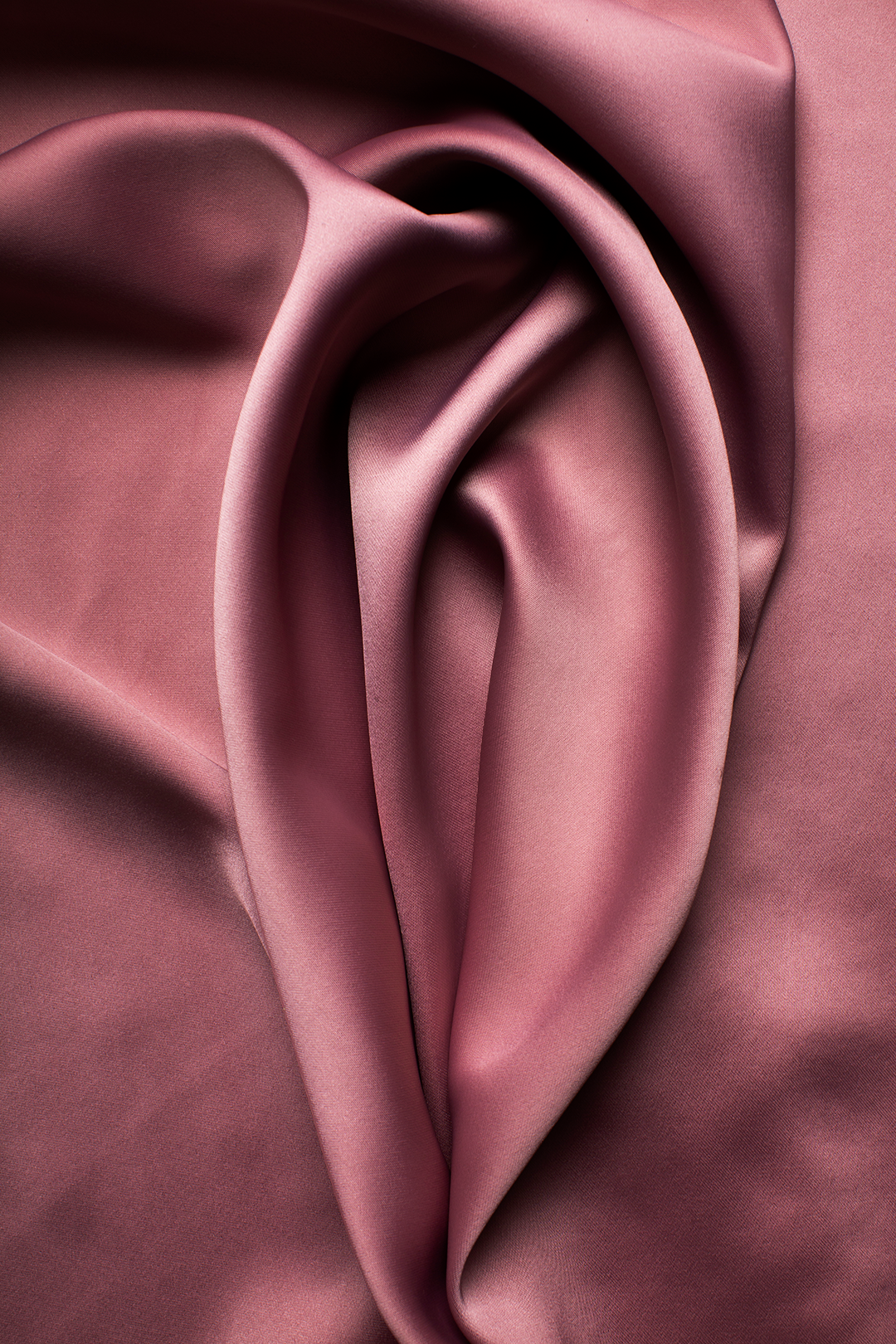Women’s bodies are a source of awe-inspiring complexity, strength, and beauty.
Throughout history, women have often been surrounded by a culture of silence and a lack of knowledge regarding their own bodies. From societal taboos to limited access to comprehensive education and healthcare, many women have been left in the dark about their bodies’ intricate workings and unique features.
At Northside Gynaecology, we’re promoting inclusive discussions and providing education for greater body literacy, so together in sisterhood, we can get to know our beautiful, unique bodies.
Many women lack information about what their vulva encompasses and what is ‘normal’, which can lead to confusion about when to seek healthcare services.
We want you to feel confident about understanding your body and when you require medical support, so your quality of life is at its best.

Is the vulva and the vagina the same thing?
In short: no.
The vulva is the external genitalia of the female body, whereas the vagina is an internal muscular canal that connects the vulva to the cervix of the uterus. While the vulva is the outer part that can be seen and touched, the vagina is an internal structure.
Where is the vulva located?
The vulva is the collective name for the visible structures surrounding the vaginal opening, and includes several components:
- Labia Majora: the outer lips of the vulva, which are usually larger and covered in hair. They enclose and protect the other structures.
- Labia Minora: the inner lips of the vulva, which are typically smaller and thinner. They are located inside the labia majora.
- Clitoris: a highly sensitive organ with many nerve endings located at the top of the vulva, where the labia minora meet; it is responsible for sexual pleasure.
- Urethral Opening: the opening through which urine is expelled from the body. It is situated between the clitoris and the vaginal opening.
- Mons Pubis: a prominent rounded surface of fatty tissue typically covered with pubic hair.
- Perineum: the area located between the genitals and the anus.
- Vulva Vestibule: the area leading to the vaginal opening and urethra.
How do I Know if my vulva is ‘normal’?
A normal vulva, like any part of the human body, can exhibit a wide range of natural variations.
There is no single “normal” appearance for the vulva, as it can differ in size, shape, colour, and other characteristics.
The labia majora and labia minora, which are the outer and inner lips, can vary in size and shape. They may be larger or smaller, asymmetrical, or have different colours, such as pink and brown, or shades in between. The clitoris, located at the top of the vulva, can also vary in size and prominence.
Purely aesthetic differences do not indicate that your vulva is unhealthy; sensations and experiences do. If your vulva looks different to what you thought a ‘normal vulva’ should look like, but you don’t experience any vulval pain or discomfort, it’s very likely that this is a natural anatomical difference.

What is not normal?
Some visible symptoms signify vulval abnormality, but these are also associated with noticeable pain and discomfort, not simply aesthetic differences, and include:
- Vulval redness or whiteness
- Vulval swelling, lumps or lesions
- Vulval rashes
The main indicator of a vulva that needs medical support is how it feels, not what it looks like. Abnormal feelings and experiences include:
- Pain during sexual intercourse
- Vulval bleeding
- Itchiness or burning sensations
- Changes in vaginal discharge regarding odour, amount and colour
Visit your GP and request a referral to Northside Gynaecology if you are experiencing any of these symptoms, as this may indicate you are suffering from a vulval condition.
Vulval conditions: what are they?
A vulval condition refers to any disease that affects the health or appearance of the vulva, as well as the quality of life of the woman. These conditions are very common, and most women will experience one at some point in their lives.
While our compassionate all-female gynaecological team can effectively treat many vulval conditions, some are more long-term diseases that require progressive management.
Each condition has slightly different symptoms, and it’s important you are aware of abnormal experiences so you can benefit from medical support. Most, however, are variations of the symptoms above. Common vulva conditions include vulvodynia, Lichen Sclerosus and thrush, with symptoms and treatment options explained in detail on our website.
Some vulval condition symptoms also indicate pre-cancerous conditions which can quickly become progressive.
As a result, it’s essential to visit your GP for any vulva concerns and request a referral to Northside Gynaecology. Here, the experienced and compassionate doctors at our clinic can diagnose your condition and inform you of your advised next steps.
For any questions about your vulva, don’t hesitate to reach out to our dedicated team. To keep informed with the latest women’s health tips and advice, join our sisterhood newsletter and follow us on our socials.